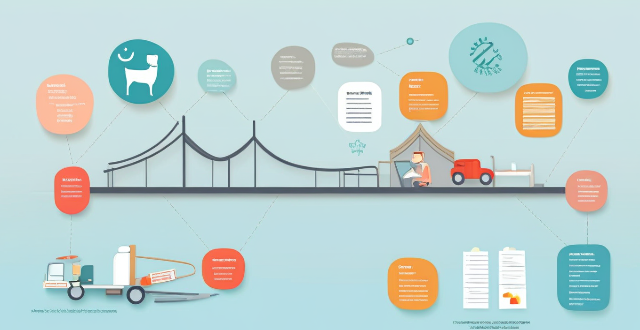Technology offers numerous opportunities to enhance social inclusion by providing accessibility features, educational tools, employment opportunities, healthcare services, and community building platforms. It can help bridge gaps and create more inclusive societies by offering equal opportunities for education, employment, healthcare, and community building. Embracing these technological advancements can lead to a future where everyone feels valued, respected, and included regardless of their circumstances.

How Technology Can Enhance Social Inclusion
Technology has become an integral part of our lives and offers numerous opportunities to enhance social inclusion. Here are some ways technology can be used to promote inclusivity:
Accessibility Features
1. Screen Readers: For visually impaired individuals, screen readers convert digital content into spoken words or Braille output.
2. Voice Recognition: People with physical disabilities can use voice recognition software to interact with their devices without the need for a keyboard or mouse.
3. Closed Captioning: Videos and live broadcasts should include closed captioning for the hearing impaired.
4. Alt Text for Images: Providing alternative text descriptions for images helps those using screen readers understand the content.
Educational Tools
1. E-learning Platforms: Online courses and educational materials make it possible for people who cannot attend traditional schools due to geographical or socioeconomic barriers to learn.
2. Virtual Classrooms: Students from diverse backgrounds can participate in virtual classrooms, reducing the need for physical presence and enabling more inclusive learning environments.
3. Adaptive Learning Software: These tools tailor teaching methods to individual student needs, ensuring that everyone can learn at their own pace and style.
Employment Opportunities
1. Remote Work: Technology allows people to work from anywhere, breaking down geographical barriers and increasing employment opportunities for those who may not be able to commute to traditional workplaces.
2. Job Training Programs: Online job training programs can help underrepresented groups acquire new skills and qualifications necessary for better job prospects.
3. Accessible Job Boards: Websites designed with accessibility in mind ensure that job seekers with disabilities can easily find employment opportunities suitable for them.
Healthcare Services
1. Telemedicine: Remote consultations through video calls or messaging apps provide healthcare services to individuals living in remote areas or with mobility issues.
2. Health Tracking Apps: Mobile applications can help people monitor their health conditions and provide valuable data to healthcare professionals for personalized treatment plans.
3. Online Support Groups: Virtual communities offer support and resources for people dealing with specific health challenges, fostering a sense of belonging among individuals facing similar struggles.
Community Building
1. Social Media Platforms: Online platforms facilitate connections between people from different cultures and backgrounds, promoting understanding and acceptance.
2. Online Forums and Chat Rooms: These spaces allow individuals to engage in discussions on various topics, creating a sense of community and belonging for marginalized groups.
3. Crowdsourcing Platforms: Crowdsourcing projects can bring together people from diverse backgrounds to collaborate on solutions for social issues, fostering collective action and inclusion.
In conclusion, technology has immense potential to bridge gaps and create more inclusive societies by providing equal opportunities for education, employment, healthcare, and community building. By embracing these technological advancements, we can work towards a future where everyone feels valued, respected, and included regardless of their circumstances.